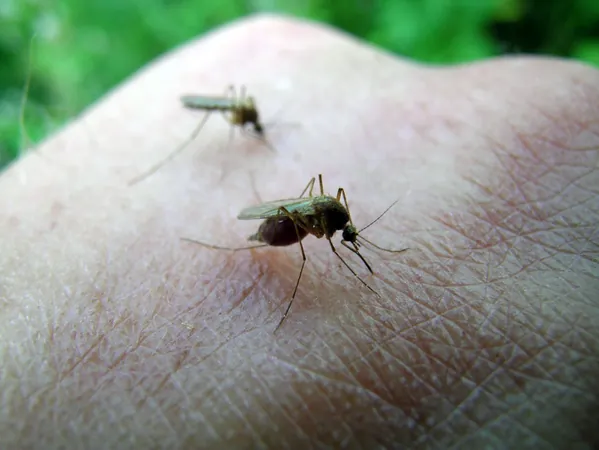
Toxic Waste Alert: How 6-PPD Quinone Disrupts Essential Metabolism in Worms
2025-07-08
Author: Benjamin
Unveiling the Hidden Dangers of 6-PPD Quinone
In a groundbreaking study from Southeast University in China, researchers have uncovered alarming insights into how 6-PPD quinone, a toxic offshoot of a common tire additive, disrupts fundamental metabolic processes in the tiny nematode, Caenorhabditis elegans. This environmental contaminant has become a pressing concern as it gets increasingly detected in our ecosystems.
A Metabolic Mayhem: Disruption of the Citric Acid Cycle
The study reveals that when exposed to concentrations as low as 0.1 to 10 µg/L of 6-PPD quinone, significant disruptions occur in the citric acid cycle—a vital metabolic pathway responsible for converting nutrients into energy. This interference reduces crucial intermediates like citric acid, α-ketoglutarate, and succinate, thus potentially jeopardizing life-sustaining cellular functions.
Gene Expressions Under Threat
The findings indicate that this environmental toxin not only diminishes important metabolites but also inhibits the gene expressions of essential enzymes. Genes responsible for encoding citrate synthase and other key components were significantly depressed, emphasizing the dire implications of 6-PPD quinone exposure on metabolic health.
Fallout on Energy Production
Alarmingly, exposure to 6-PPD quinone also leads to a notable decline in acetyl CoA and pyruvate levels—crucial players in energy metabolism. The research highlights how interruptions in these compounds can lead to mitochondrial dysfunction, a situation marked by increased oxygen consumption and decreased ATP levels. This could spell trouble not just for worms, but for broader ecological and potentially human health.
Protective Measures: Can Sodium Pyruvate Save the Day?
In an interesting twist, the researchers explored sodium pyruvate as a potential antidote to the toxic effects of 6-PPD quinone. Their findings suggest that this treatment might offer a protective shield against the metabolic chaos caused by the contaminant, paving the way for future studies on mitigating its harmful effects.
The Bigger Picture: Environmental and Health Implications
This critical research sheds light on the potential hazards posed by 6-PPD quinone, urging a need for more extensive investigations into its effects on both our environment and human health. As we grapple with increasing pollution, understanding such metabolic disruptions is vital for formulating mitigation strategies and protecting our ecosystems.









 Brasil (PT)
Brasil (PT)
 Canada (EN)
Canada (EN)
 Chile (ES)
Chile (ES)
 Česko (CS)
Česko (CS)
 대한민국 (KO)
대한민국 (KO)
 España (ES)
España (ES)
 France (FR)
France (FR)
 Hong Kong (EN)
Hong Kong (EN)
 Italia (IT)
Italia (IT)
 日本 (JA)
日本 (JA)
 Magyarország (HU)
Magyarország (HU)
 Norge (NO)
Norge (NO)
 Polska (PL)
Polska (PL)
 Schweiz (DE)
Schweiz (DE)
 Singapore (EN)
Singapore (EN)
 Sverige (SV)
Sverige (SV)
 Suomi (FI)
Suomi (FI)
 Türkiye (TR)
Türkiye (TR)
 الإمارات العربية المتحدة (AR)
الإمارات العربية المتحدة (AR)